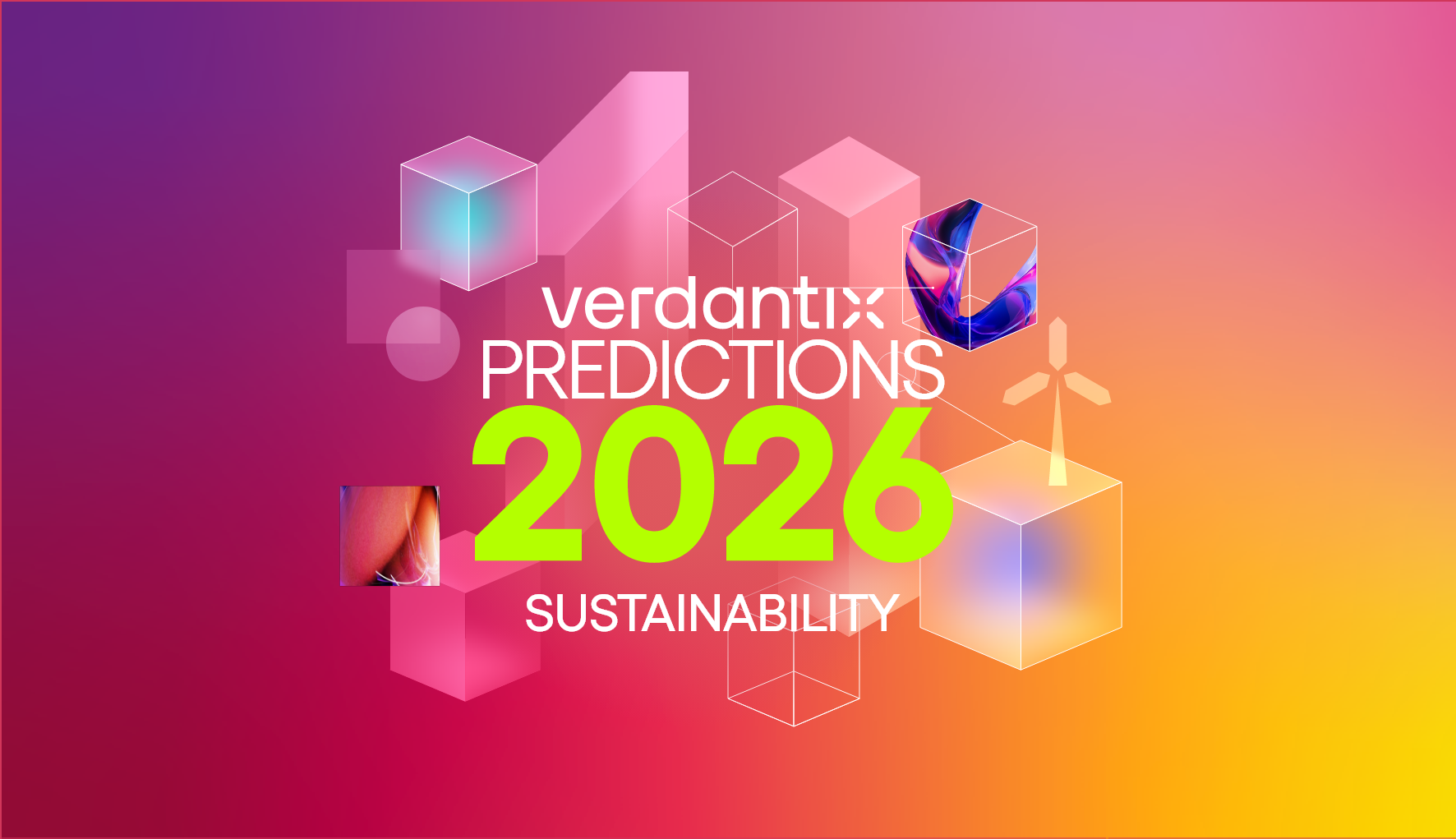Leveraging Technology To Tame The Methane Beast
05 May, 2022
Methane – CH4 – is among the most potent of the greenhouse gases. Methane has a global warming potential up to 72 times that of CO2, yet is chronically underreported by firms in methane-producing verticals, the most notorious of which include Oil & Gas and agriculture. And methane emissions are rising; 2021 saw a record annual increase in methane emissions. Despite moves from the US EPA aimed at clamping down on Oil & Gas methane emissions, much of this industry remains exempt from monitoring requirements. Yet stakeholder pressure to reduce methane emissions – primarily through reducing fugitive emissions – is increasing. How can firms leverage technology to mitigate methane emissions?
Technology has a twofold part to play in the methane story. The first is that it will boost transparency and data access for stakeholders, primarily through satellite technology. MethaneSat, a wholly owned subsidiary of the NGO Environmental Defense Fund, is developing a satellite to measure surface level methane emissions. The end goal? To provide site level emissions data of at-risk geographies (such as the Permian basin), so investors and regulators have transparent emissions data. Another major satellite-data provider is Canadian firm GHGSat, whose proprietary satellite, Iris, located two methane leaks in Madrid in 2021. These leaks were releasing 19,000 pounds of methane per hour. As a tightly regulated emission in the EU, this was a significant find; GHGSat is launching three additional satellites in 2022. Other firms providing third party methane emissions data include non-profit Carbon Mapper, which is partnered with NASA, the State of California, and various academic institutions.
The onus is therefore on emitting firms to mitigate methane footprints, before they get caught out by external data providers. Several technologies show promise in aiding industries, notably Oil and Gas, in quantifying fugitive emissions leaks. First is the mature hardware market, including continual emissions monitoring (CEMs) and gas analyzers, which have long been deployed in regulated emissions frameworks. These provide evidence of fugitive leaks; in combination with software solutions, firms can empower proactive fugitive emissions management. For example, Project Canary, which raised $111m in 2022, offers both software and hardware solutions to manage methane. Leveraging site-specific data is key for effective predictive analytics, as provided by start-up Iconic Air and ERM-owned Iconic Air. The time is now for heavily emitting firms to invest in technology strategies to minimise methane emissions, before stakeholder backlash forces their hand.
Technology has a twofold part to play in the methane story. The first is that it will boost transparency and data access for stakeholders, primarily through satellite technology. MethaneSat, a wholly owned subsidiary of the NGO Environmental Defense Fund, is developing a satellite to measure surface level methane emissions. The end goal? To provide site level emissions data of at-risk geographies (such as the Permian basin), so investors and regulators have transparent emissions data. Another major satellite-data provider is Canadian firm GHGSat, whose proprietary satellite, Iris, located two methane leaks in Madrid in 2021. These leaks were releasing 19,000 pounds of methane per hour. As a tightly regulated emission in the EU, this was a significant find; GHGSat is launching three additional satellites in 2022. Other firms providing third party methane emissions data include non-profit Carbon Mapper, which is partnered with NASA, the State of California, and various academic institutions.
The onus is therefore on emitting firms to mitigate methane footprints, before they get caught out by external data providers. Several technologies show promise in aiding industries, notably Oil and Gas, in quantifying fugitive emissions leaks. First is the mature hardware market, including continual emissions monitoring (CEMs) and gas analyzers, which have long been deployed in regulated emissions frameworks. These provide evidence of fugitive leaks; in combination with software solutions, firms can empower proactive fugitive emissions management. For example, Project Canary, which raised $111m in 2022, offers both software and hardware solutions to manage methane. Leveraging site-specific data is key for effective predictive analytics, as provided by start-up Iconic Air and ERM-owned Iconic Air. The time is now for heavily emitting firms to invest in technology strategies to minimise methane emissions, before stakeholder backlash forces their hand.
Discover more Corporate Sustainability Leaders content
See More
About The Author

Connor Taylor
Principal Analyst





